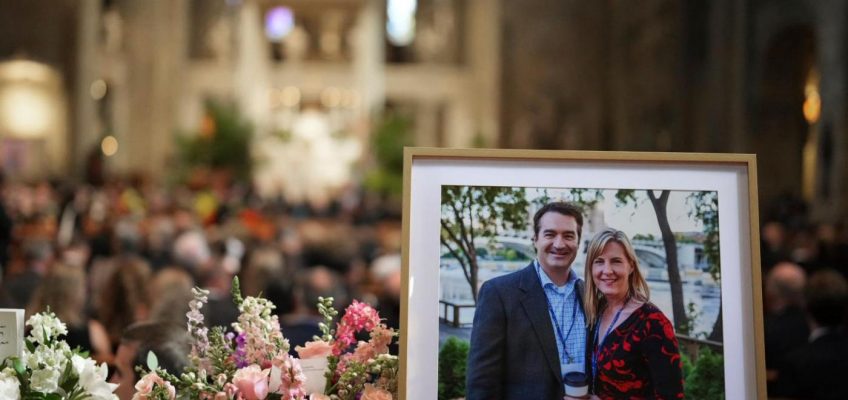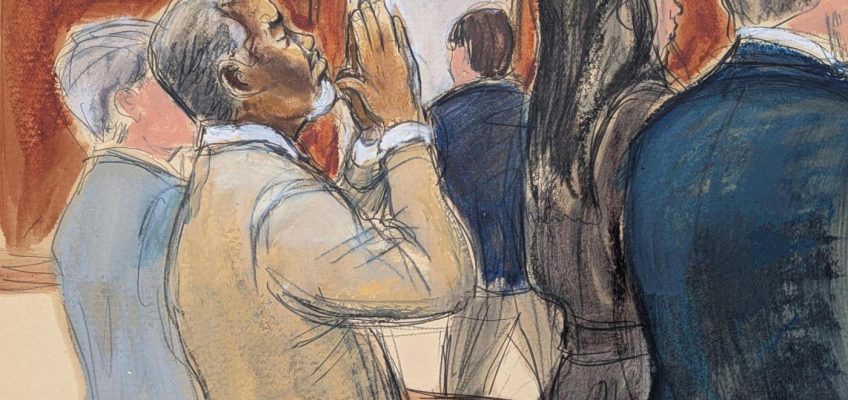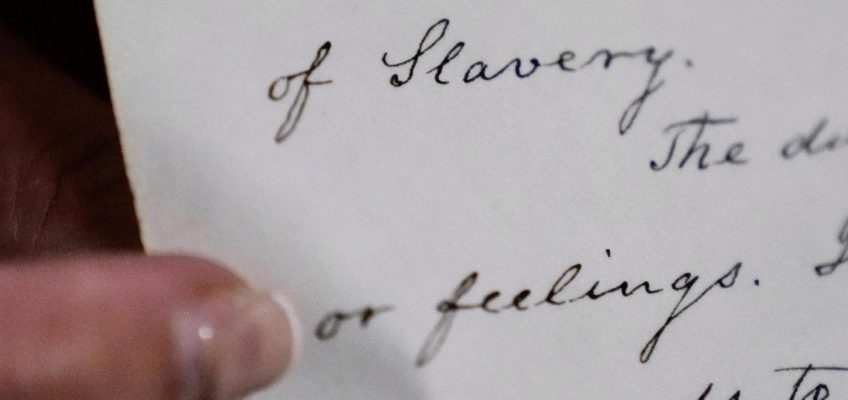By STEVE KARNOWSKI
ST. PAUL, Minn. (AP) — The man charged with killing former Minnesota House Speaker Melissa Hortman and her husband, and wounding a state senator and his wife, is due back in federal court Thursday for a hearing that was put on hold after his lawyer said his client had been unable to sleep while on suicide watch.
The hearing is expected to address whether Vance Boelter should remain in custody without bail and affirm that there is probable cause to proceed with the case. He’s not expected to enter a plea. Prosecutors need to secure a grand jury indictment first, before his arraignment, which is when a plea is normally entered.
An unshaven Boelter, 57, of Green Isle, was wearing a green padded suicide prevention suit and orange slippers when he was brought into court last Friday. Federal defender Manny Atwal then asked Magistrate Judge Douglas Micko to continue the hearing. She said Boelter had been sleep deprived due to harsh conditions in the Sherburne County Jail, making it difficult for them to communicate.
“Your honor, I haven’t really slept in about 12 to 14 days,” Boelter told the judge then. And he denied being suicidal. “I’ve never been suicidal and I am not suicidal now.”
Sherburne County Sheriff Joel Brott, whose jail houses both county and federal prisoners, rejected Boelter’s claims of poor conditions as absurd. “He is not in a hotel. He’s in jail, where a person belongs when they commit the heinous crimes he is accused of committing,” Brott said in a statement Friday.
Boelter faces separate cases in federal and state court on charges of murder and attempted murder for what the state’s chief federal prosecutor, Acting U.S. Attorney Joe Thompson, has called “a political assassination” and “a chilling attack on our democracy.” The feds are going first.
Authorities say Hortman and her husband, Mark, were shot to death in their home in the Minneapolis suburb of Brooklyn Park in the early hours of June 14 by a man disguised as a police officer who was driving a fake squad car.
Boelter also allegedly shot and seriously wounded state Sen. John Hoffman, and his wife, Yvette, earlier that morning at their home in nearby Champlin. The Hoffmans are recovering, but Hortman’s golden retriever, Gilbert, was seriously injured and had to be euthanized.
Boelter surrendered near his home the night of June 15 after what authorities called the largest search in Minnesota history, a hunt of around 40 hours.
Atwal told the court last week that Boelter had been kept in what’s known as a “Gumby suit,” without undergarments, ever since his first court appearance June 16. She said the lights were on in his area 24 hours a day, doors slammed frequently, the inmate in the next cell would spread feces on the walls, and the smell would drift to Boelter’s cell.
The attorney said transferring him to segregation instead, and giving him a normal jail uniform, would let him get some sleep, restore some dignity, and let him communicate better. The judge granted the delay.
Related Articles
For Sean ‘Diddy’ Combs, could a lesser conviction mean a greater public rehabilitation?
A volunteer finds the Holy Grail of abolitionist-era Baptist documents in Massachusetts
Has ICE ‘gone too far’ in enforcing immigration laws? Here’s what a poll found
Who flies the American flag? Poll finds major partisan divide ahead of July 4
Nissan recalls over 480,000 vehicles in the US and Canada due to engine failure risk
Boelter’s lawyers have declined to comment on the charges themselves, which could carry the federal death penalty. Thompson has said no decision has been made whether to seek it. Minnesota abolished its death penalty in 1911. But Attorney General Pam Bondi has said from the start that the Trump administration will be more aggressive in seeking capital punishment.
Prosecutors allege Boelter also stopped at the homes of two other Democratic lawmakers. They also say he listed dozens of other Democrats as potential targets, including officials in other states. Friends described Boelter as an evangelical Christian with politically conservative views. But prosecutors have declined so far to speculate on a motive.
Former President Joe Biden and former Vice President Kamala Harris joined the mourners at the Hortmans’ funeral last Saturday. Gov. Tim Walz, Harris’s running mate on the 2024 Democratic presidential ticket, eulogized Hortman as “the most consequential speaker in Minnesota history.”
Hortman served as speaker from 2019 until January. She then yielded the post to a Republican in a power-sharing deal after the House became tied in the 2024 elections, and became speaker emerita.




